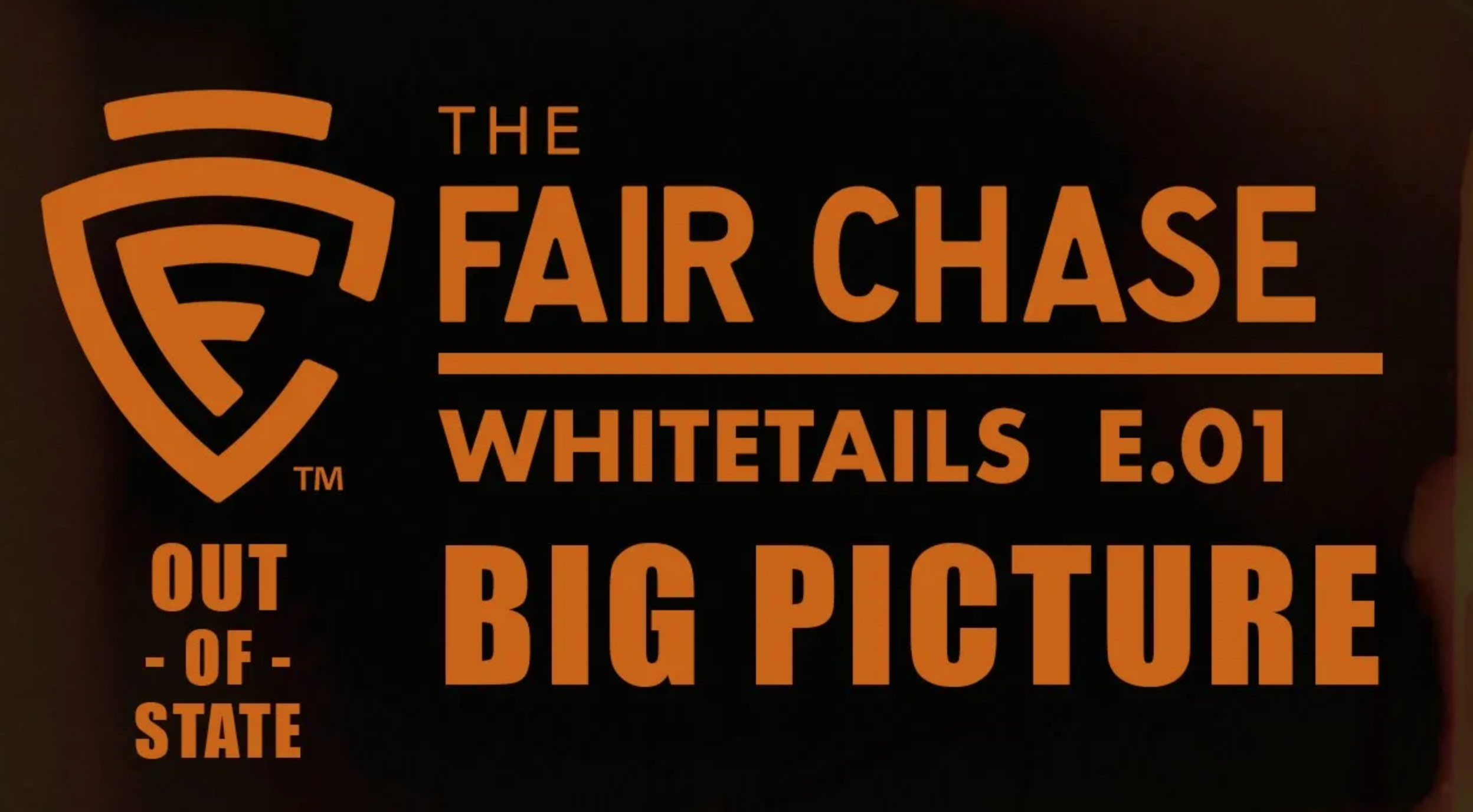Whitetail Deer Hunting Resources
Gary Cornum, Easton Archery’s marketing director, has been in the hunting industry since 1993. That’s back when carbon arrows were pretty new. On the latest episode of The Fair Chase, he and James talk arrows, from aluminum to the new Easton 5.0. Here are some takeaways from this conversation.
Jared’s hunting style is “pure chaos and instinct”. “Sometimes you’re the turtle, slow and steady. Other times, you’re the rabbit, intense and fast,” he told me. He hunts on the ground, trusting his gut above all else. “Your instincts process everything behind the scenes,” he says. That’s how he gets big bucks without a ton of pre-scouting, just raw, in-the-moment decisions.
Riley’s got a term for it: social carrying capacity. It’s not about how many animals a place can hold, but how much we’re willing to put up with before we lose it. A bear rummaging through your trash might get a shrug if it’s just once. But if that same bear tears into your dog’s kennel, you’re done—zero’s the number you want. I’ve seen it play out with black bears up north; folks marvel at a sighting until one claws through their screen door.
Most people think hunting is a game of strength. It’s not. At least, not the kind of strength that matters when you’re five days into a backcountry hunt, running on minimal sleep, sore legs, and the last ounce of grit you’ve got. Out here, brute force isn’t enough—you need endurance.
Hunting is a test of staying power. It’s easy to go hard on Day 1, fueled by adrenaline and a fresh pack. But what about Day 5, when your body aches, your feet are wrecked, and you’ve eaten nothing but freeze-dried meals that taste like the inside of your boot? That’s where real hunters separate from the rest—when fatigue sets in, but the job isn’t done.
Now that you're on the ground, what should you be looking for? This is what we'll be discussing in episode five of this series. We discuss how to find fresh sign, food sources, and funnels to narrow down your hunting zone. We also touch on key tips for different phases of the season, from the early season to the rut and late season, with strategies to keep you flexible and adaptable.
In the fourth episode of our series, we cover packing.
What do you need to bring to ensure your hunt goes smoothly? From base layers and essential gear to packing for hot and cold weather, we dive into the must-haves and the things we wish we hadn’t forgotten in the past.
In this third episode of our series, we dive into the critical process of scouting. Once you’ve picked your area and a few potential hunting spots, what should you do next? Listen in as we discuss how to scout, whether it be in-person prior to your trip or virtually with tools like OnX.
In this second episode of our whitetail hunting series, we dive deeper into the process of narrowing down your hunting area after you've picked a state. Using examples from hunts in states like Kentucky and Wisconsin, we explore key strategies such as analyzing public land, considering hunting pressure, and utilizing tools like onX maps and forums to make the best decisions. Flexibility and preparation are key, and we share our tips on how to adapt if conditions or locations change.
Today, James sits down with Jared to discuss the ins and outs of planning successful out-of-state white-tail deer hunts. Jared shares valuable insights on choosing the right location, considering various factors, and timing your hunt for optimal success.
The deer rut, or breeding season, is triggered by the changing photoperiod, or length of daylight, in the fall. As the days become shorter, does are influenced by the decreasing light, which triggers the release of hormones that signal the onset of estrus. This is the period when does are receptive to breeding and bucks become more active in their pursuit.










